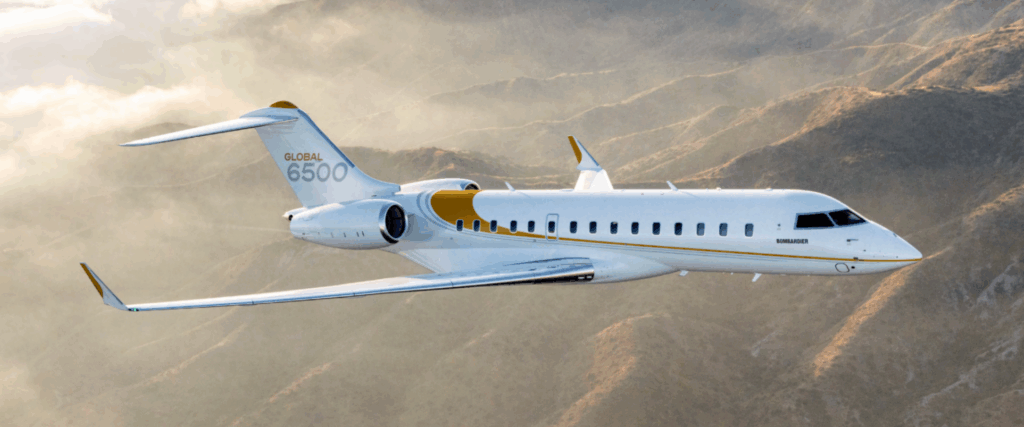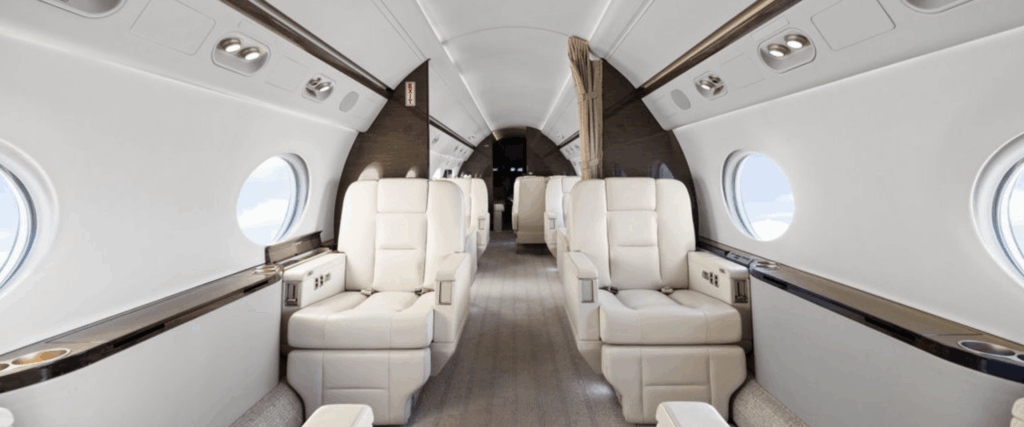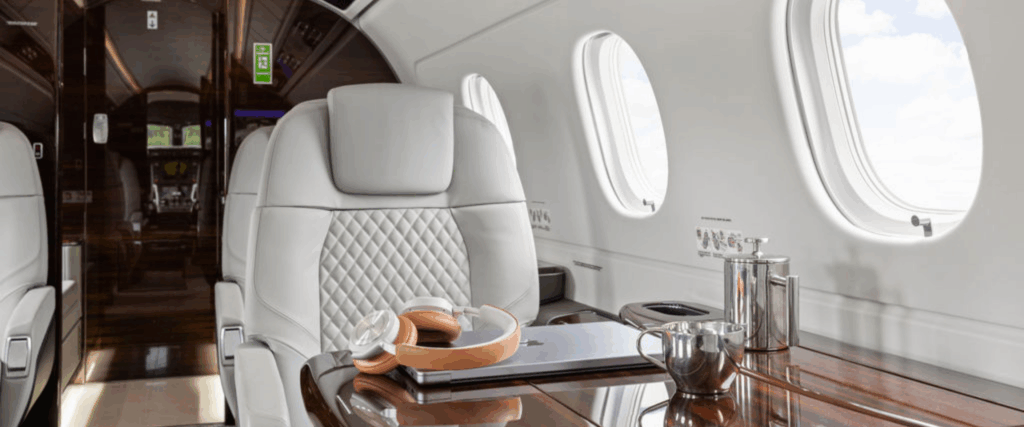For business aircraft buyers, one of the first and most important decisions is whether to purchase new or pre-owned. On the surface, it seems straightforward: new aircraft offer the latest technology, while pre-owned aircraft often provide better value. But in 2025, the decision is far more complex. OEM backlogs stretch years into the future, tax incentives are evolving, and buyers are increasingly blending short-term operational needs with long-term ownership strategies. The right choice depends on aligning your mission profile and financial objectives with market realities.

THE CASE FOR NEW
The appeal of buying new is obvious. A new aircraft gives the buyer full control over specifications, paint scheme, and interior design. From cabin configuration to fabrics and finishes, every detail can be tailored to the buyer’s preferences and brand identity. For many corporate flight departments, this ability to customize is as much about function as it is about image.
Technology is another compelling factor. New models incorporate the latest avionics suites, fuel-efficient engines, and connectivity solutions. For example, modern cockpits increasingly integrate predictive maintenance monitoring and enhanced vision systems that improve operational safety and reduce downtime. In the cabin, high-speed Ka-band Wi-Fi, intuitive cabin management systems, and quieter airframes create a superior passenger experience.
Warranty coverage further strengthens the case for new. Buyers can expect several years of protection against major repair expenses, greatly reducing the risk of unplanned costs in the early years of ownership. This makes budgeting more predictable, especially for operators who log higher annual utilization.
Of course, there are downsides. Delivery slots for popular models from Bombardier, Gulfstream, and Dassault are stretching into 2028 and beyond. The higher capital outlay is another hurdle, often requiring significant liquidity or complex financing structures. Depreciation is also steeper in the first years of ownership, and even with strong residuals in today’s market, the initial hit to value is unavoidable.

THE CASE FOR PRE-OWNED
The pre-owned market offers compelling advantages that many buyers cannot ignore. The most obvious is immediate availability. A transaction can close within weeks, allowing the buyer to put the aircraft into service right away. For corporations or individuals who need lift now, this is a decisive advantage over multi-year factory waits.
Pre-owned aircraft also provide stronger value. By purchasing an aircraft that has already absorbed the steepest part of the depreciation curve, buyers can capture significant savings. Many mid-life aircraft, particularly those on engine programs with well-documented maintenance records, represent exceptional value compared to new.
Proven platforms are another strength. Aircraft models like the Challenger 350 or Gulfstream G550 have thousands of hours of proven performance, making them highly reliable and widely supported by MRO networks. The pre-owned market also gives access to well-equipped aircraft with upgrades already completed, including Wi-Fi, ADS-B compliance, and refreshed interiors.
The tradeoff is that pre-owned aircraft may come with upcoming inspections or require cabin refreshes and avionics retrofits. A 96-month inspection, for example, can add millions to ownership costs if not factored into the acquisition strategy. Buyers must budget not only for acquisition price but also for near-term capital improvements.

THE HYBRID STRATEGY
More buyers in 2025 are adopting a hybrid approach. They are securing delivery positions for new aircraft while simultaneously acquiring pre-owned aircrafts to meet immediate needs. This allows them to operate today without compromising their long-term fleet plan. When the new aircraft arrives, the pre-owned aircraft can be resold or repositioned within the fleet. For companies anticipating growth or changing travel patterns, this dual strategy provides flexibility and preserves value.
CONCLUSION
The decision between new and pre-owned is not a simple binary choice. It requires careful consideration of mission profile, timing, and financial strategy. For some, the prestige, technology, and warranty of a new aircraft outweigh the costs and wait times. For others, the value and availability of pre-owned aircraft are too compelling to ignore. Increasingly, the smartest approach is a balance of both.
Holstein Aviation helps clients evaluate both sides of the equation. Our IADA-certified team leverages real-time market data, OEM relationships, and decades of experience to deliver tailored solutions that fit each client’s mission, timeline, and financial objectives.